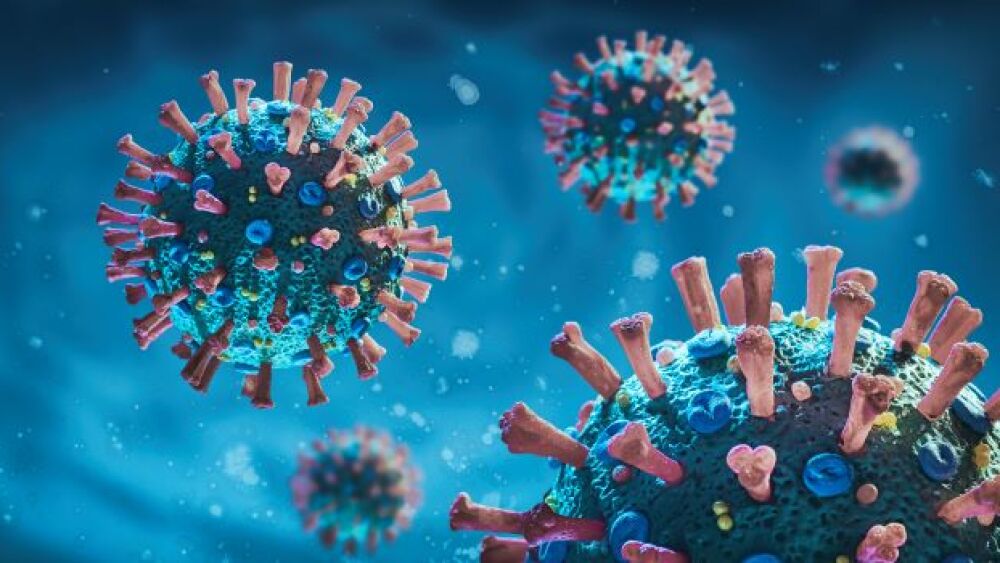Asymptomatic individuals can transmit COVID-19. In fact, many cases worldwide are caused by people who are without symptoms.
Asymptomatic individuals can transmit COVID-19. In fact, many cases worldwide are caused by people who are without symptoms.
Focusing efforts on quarantining symptomatic patients and administering vaccines are not enough. Learning about asymptomatic COVID-19 is as important in helping the world win against it.
What Percentage of COVID-19 Cases Are Asymptomatic?
In a recent study, it has been revealed that around 40-50% of those infected are said to be asymptomatic.
“Sixty-one eligible studies and reports were identified, of which 43 used polymerase chain reaction (PCR) testing of nasopharyngeal swabs to detect current SARS-CoV-2 infection and 18 used antibody testing to detect current or prior infection,” the study stated. “In the 14 studies with longitudinal data that reported information on the evolution of symptomatic status, nearly three quarters of persons who tested positive but had no symptoms at the time of testing remained asymptomatic.”
These numbers show just how fast the virus could spread if someone who doesn’t feel any symptoms goes out of their house and interacts with people. Infection would then multiply exponentially at a very fast rate.
What Does Asymptomatic COVID-19 Feel Like?
Being asymptomatic with COVID basically means you do not have the symptoms of the virus. Simply put, there will be no fever, no cough or colds, and you’ll still have the sense of taste and smell.
However, being asymptomatic doesn’t necessarily mean that your body is in top shape.
In August 2020, out of the 3,700 passengers of the Diamond Princess cruise ship, 712 tested positive. Out of those 712, 331 (46%) experienced no symptoms.
Although most are coronavirus asymptomatic cases, 76 people out of the 331 had ground glass opacities found in their lungs after check-up. This, which is related to pneumonia, is commonly found in symptomatic cases as well. This is something that is happening to their bodies that they didn’t even know can harm them.
“I think that if you’re young and you have enough lung reserve, you’ve not going to miss it because you’re still able to function perfectly fine,” infectious diseases professor at Florida International University Aileen Marty, M.D. claimed in the report. “It’s kind of like, you know, they say you have long hair and you cut off two inches. Most people might not even notice you cut your hair because you have so much hair.”
This is also related to inflammation which in turn is a sign that a person’s lung is sick. However, even though it is a serious condition, it turned out to be not harmful for those 76 people.
What to Do When You Find Out You’re Positive, Yet Asymptomatic
Frequent check-up, and if possible, nasopharyngeal swabs for those who are commonly exposed to other people must be considered.
Once you find out that you have caught it but are feeling no symptoms, isolate yourself from other people and render at least 10 days before returning to your normal life.
When you are asymptomatic with COVID, you need to treat the situation as if you are symptomatic.
Contact with other people should be highly avoided to prevent the spread of the virus.
Can an Asymptomatic Person Spread COVID?
As mentioned above, yes, an asymptomatic person can spread COVID. Again, treat it like you’re fully infected with the virus.
Although a person may not experience any symptoms, the virus is still inside the body and commonly transferred through sweat, saliva or any respiratory secretions.
Data from the World Health Organization reveals that the virus can be spread directly or indirectly.
Direct transmission is getting too close to a person with the virus and gets passed on through the eyes, nose, or mouth. Common transmission can happen simply when a person talks, sneezes, or coughs.
Indirect transmission, on the other hand, is passing the virus through tainted surfaces or objects. For example, when an infected person releases his/her bodily fluid through sweat (called fomites), catches some fluid in their hands, and grabs something, that object or surface will be contaminated.
If another person will then touch the same thing and get to contact their eyes, mouth, or nose, a high possibility of infection will happen.
Can Asymptomatic People Test Negative?
Yes, in fact, you can also be symptomatic and still test negative.
A missed test, as told by Norton Health Care, suggests a negative result can happen when there is not enough virus collected.
At the same time, you can still carry the virus but haven’t developed fully to be able to be detected by the test kit.
Another example is if the virus is in the early stages and is still undetectable.
But that doesn’t mean you can be too relaxed when going out in public. Always wear a mask to prevent the spread of the virus which could become really harmful for yourself or for other people.
“A negative COVID-19 test isn’t a free pass to lower your mask and get into crowded situations with individuals who do not live in your household,” Norton Community Medical Associates Monalisa M. Tailor, M.D. claimed. “A negative test doesn’t really change anything.”
Remember that this whole pandemic started with just one case which spread out to the entire humanity and in turn spared a significant amount of lives in just a year.
Whether you feel any symptoms or you don’t, it’s best to be safe and take extreme preventive measures especially when you’re around other people, indoors or outdoors.
Always wear a mask and frequently sanitize your hands because you’ll never know if you are a carrier or not.
What preventive measures are you practicing to avoid spreading the virus?





